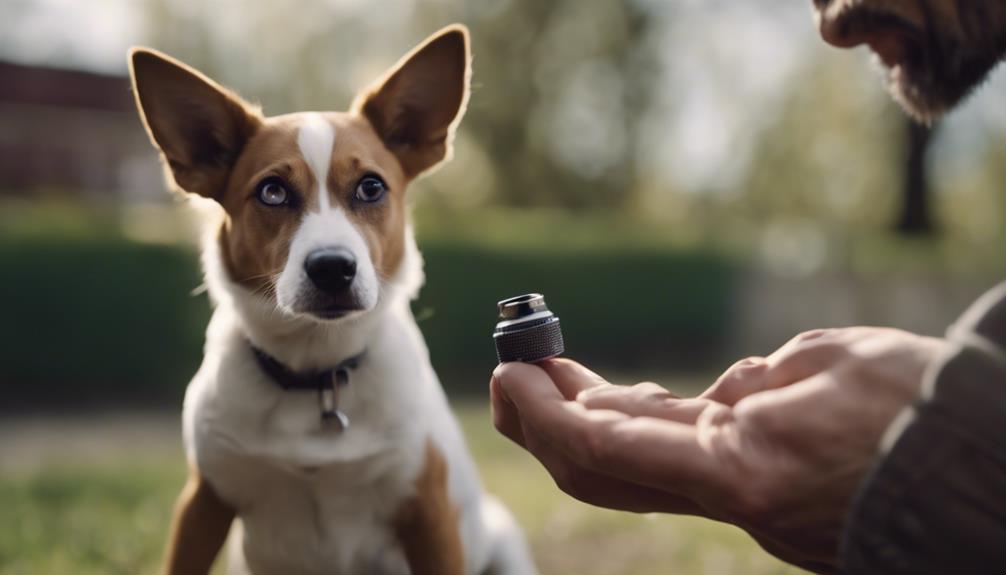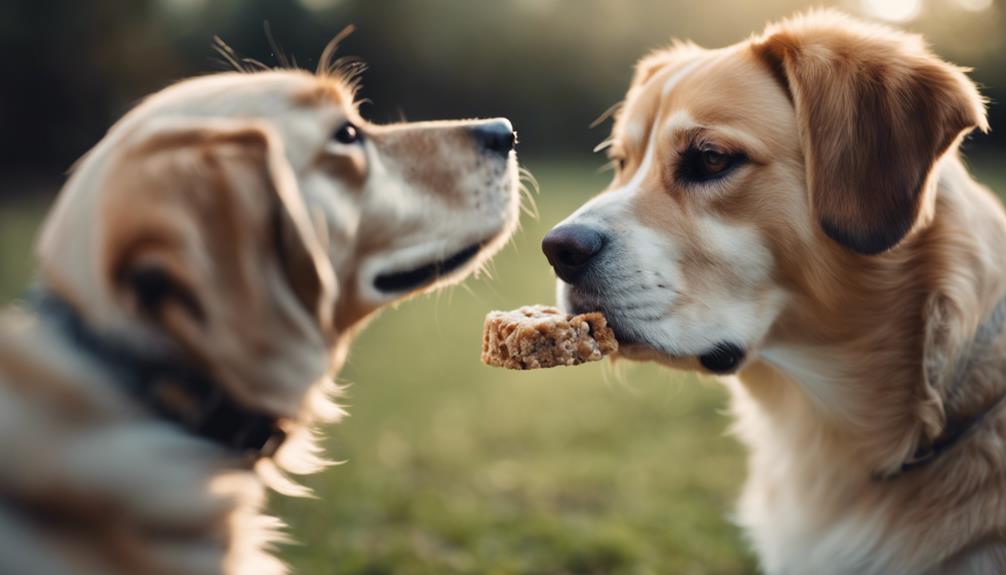Imagine this scenario: Your dog eagerly responds to the cue 'sit' during training sessions, wagging its tail happily.
But have you ever wondered how cues differ from commands and why they are crucial in pet training?
Understanding this distinction can revolutionize the way you communicate with your furry companion, leading to more effective training outcomes and a stronger bond between you.
Explore the subtle yet impactful world of cues in pet training and unlock the key to unlocking your pet's full potential.
Key Takeaways
- Cues prompt known behaviors in pets, unlike commands.
- Clear cues help prevent confusion and anxiety in pets.
- Positive reinforcement trainers prefer cues for voluntary behavior.
- Consistency and clarity are crucial in cue training to avoid miscommunication.
Importance of Cues in Pet Training
Understanding the importance of cues in pet training is crucial for fostering effective communication and positive behavior in your furry companion.
Cues serve as signals that prompt specific behaviors from your pet, acting as a form of communication that enhances the bond between you.
By using cues, you provide your pet with clear direction, enabling them to navigate their environment confidently.
Consistency in cue training is key to ensuring that your pet understands what's expected of them, reducing confusion and stress.
Positive reinforcement trainers advocate for cues over commands as they empower pets to make choices and engage willingly in the training process.
Embracing cues in pet training can lead to a harmonious relationship built on trust and understanding.
Differentiating Cues From Commands
Differentiating cues from commands requires clear communication and consistency in pet training practices. To distinguish between the two effectively, keep the following in mind:
- Intent: Cues are signals that prompt actions your pet already knows, while commands are directives for new behaviors.
- Response: Cues elicit a voluntary response from your pet, whereas commands expect immediate obedience.
- Flexibility: Cues offer your pet a choice in responding, while commands typically require strict adherence.
Benefits of Using Cues

Utilizing cues in pet training enhances communication and fosters a harmonious relationship between you and your furry companion.
Cues create a mutual understanding between you and your pet, allowing for clear communication without the need for force or intimidation.
By using cues, you empower your pet to make choices and engage willingly in training activities. This positive approach builds trust and strengthens the bond between you and your pet.
Additionally, cues help your pet navigate the human world confidently, promoting good behavior and preventing stress.
Through consistent and positive reinforcement, cues become signals of encouragement and opportunities for your pet to succeed, making training sessions enjoyable and effective for both of you.
Establishing Clear Communication Through Cues
To establish clear communication through cues, focus on consistency and clarity in your interactions with your pet. Here are three key points to help you achieve this:
- Be Consistent: Use the same cue for the same behavior every time to avoid confusion.
- Use Clear Signals: Ensure your cues are distinct and easily understandable by your pet.
- Practice Regularly: Dedicate time to reinforce cues consistently to strengthen your pet's understanding.
Practical Tips for Cue Training

To excel in cue training with your pet, focus on implementing key strategies that strengthen communication and understanding. Start by choosing clear and distinct cues that are easy for your pet to recognize. Use consistent verbal and visual signals to teach behaviors effectively.
Remember to add cues after the behavior is performed, and use markers and high-quality reinforcers to reinforce learning. Build up the behavior before naming it, and differentiate between markers and cues to avoid confusion. Anticipate the behavior to add the cue at the right moment, and gradually fade out any lures once your pet has grasped the behavior.
Dedicate ample time to teaching each cue thoroughly to ensure successful training outcomes.
Conclusion
In conclusion, cues are essential in shaping your pet's behavior by providing clear communication and guidance through positive reinforcement.
By differentiating cues from commands and establishing a harmonious training environment, you can strengthen your bond with your furry friend and help them navigate the human world with confidence.
Remember to use consistent cues and practice effective training strategies to ensure a successful and enjoyable training experience for both you and your beloved companion.




